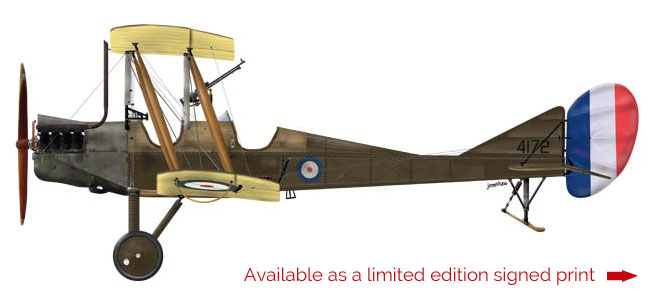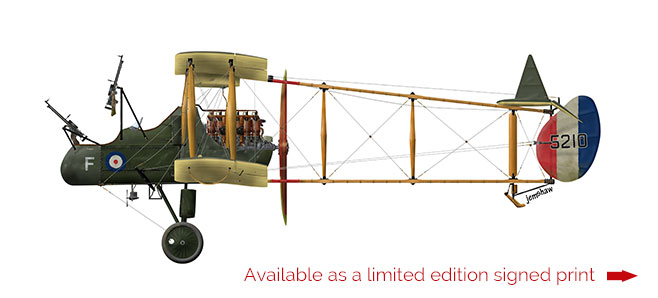
The Aircraft of The Larks
Aerial technology was moving at an incredible rate at the time of The Larks. At the start of the Great War, only eleven years had passed since the Wright Brothers stumbled into the air, yet already flight was becoming a weapon of war. In the constant race for air supremacy on the Western Front, aircraft were introduced and outmoded in a matter of months. As a result, pilots with minimal tuition were constantly required to master new machines.
Here are the main aircraft you'll encounter:
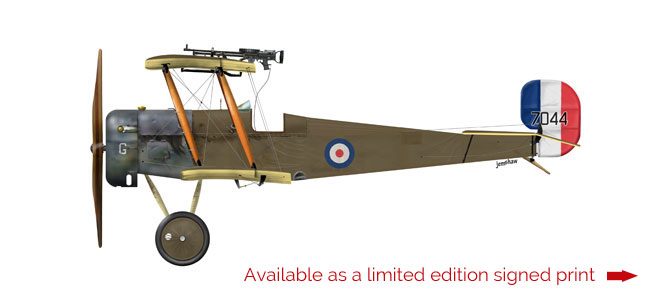
Bristol Scout
First flying in 1914, the Scout was a remarkably advanced design. Reasonably fast at the start of the war, it was quickly outmoded by its opponents. As Britain had no dependable interruptor gear (the mechanism that allows a machine gun to shoot through the propeller arc), early Scouts had a Lewis gun mounted on the left side of the fuselage, angled out and down to clear the propeller. This set-up meant that the pilot had to yaw out of line with his quarry in order to aim the shot. As a result he'd lose speed as well as having to cope with a constantly changing aiming angle.
By the time of The Larks, this arrangement had been replaced by a Lewis mounted on the upper wing, aimed to fire above the prop arc.
Royal Aircraft Factory BE2c
Our first sight of the BE2 in The Larks describes it as "unlovely and unloved". That pretty much sums up widespread opinions of a type that was already seriously outdated at the start of the war. The Germans called it Kalt Fleisch - Cold Meat - such was their regard for its chances in combat. Capable of only a little over 70mph, unmanoeuvrable and equipped with a single gun with a disastrously limited field of fire, it was employed for much of the war as an artillery spotter.
Incomprehensibly, its replacement, the RE8, was almost identical both in appearance and performance.
Royal Aircraft Factory FE2b
Popular with its aircrews, the FE2 was a big, dependable two-seater, powered by a powerful "pusher" Beardmore engine. The observer had an uninterrupted field of fire forward and to each side, and many "Fees" were equipped with a further gun on a post mounting that could fire over the top wing to cover the tail. The observer had to stand up to fire this, making for a precarious perch should any sudden manoeuvres be required.
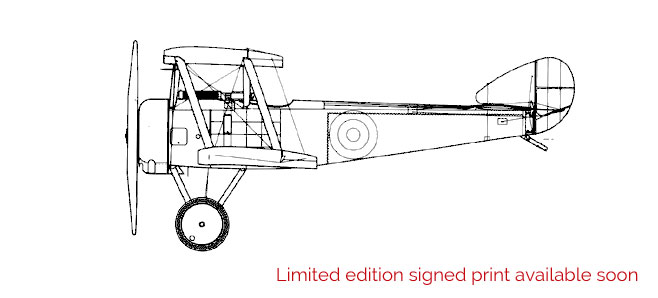
Sopwith Pup
This feisty, pretty little fighter was to become possibly the most loved machine of the Great War. Officially named the Sopwith Scout, the nickname stuck and became universally used. Its handling characteristics were outstanding and it quickly neutralised the "Fokker Scourge" when it appeared on the Western Front in 1916. Though soon to be outclassed by faster, more heavily armed opponents like the Albatros, the Pup's ability to outperform almost anything at altitude meant that it remained a tough opponent well into 1917.
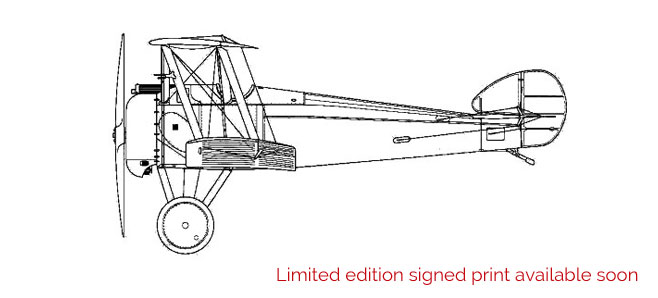
Sopwith Camel
By far the most successful aircraft of the war in terms of kills, the Camel aroused mixed emotions in its pilots. Its tricky, violent handling made it almost as dangerous to an inexperienced pilot as it was to the enemy. It was tiny, with almost its entire weight concentrated in the front six feet. As for the Scout and Pup, the rotary engine and propeller spun as one unit. Because of the Camel's short-coupled design and extreme weight distribution, this produced profound gyroscopic effects. A turn to the left was slow and tended to pitch the nose up; turning to the right produced an almost instantaneous about-turn, accompanied by a sharp dive that could turn into an irrecoverable spin if not checked.
Though it wasn't particularly fast, the Camel's ability to out-turn (in one direction at least) anything else in the sky made it a deadly adversary when handled by a competent pilot.
Both The Larks and It Never Was Worthwhile are published by Penkhull Press. You can visit their website or view their latest blog post by clicking below

